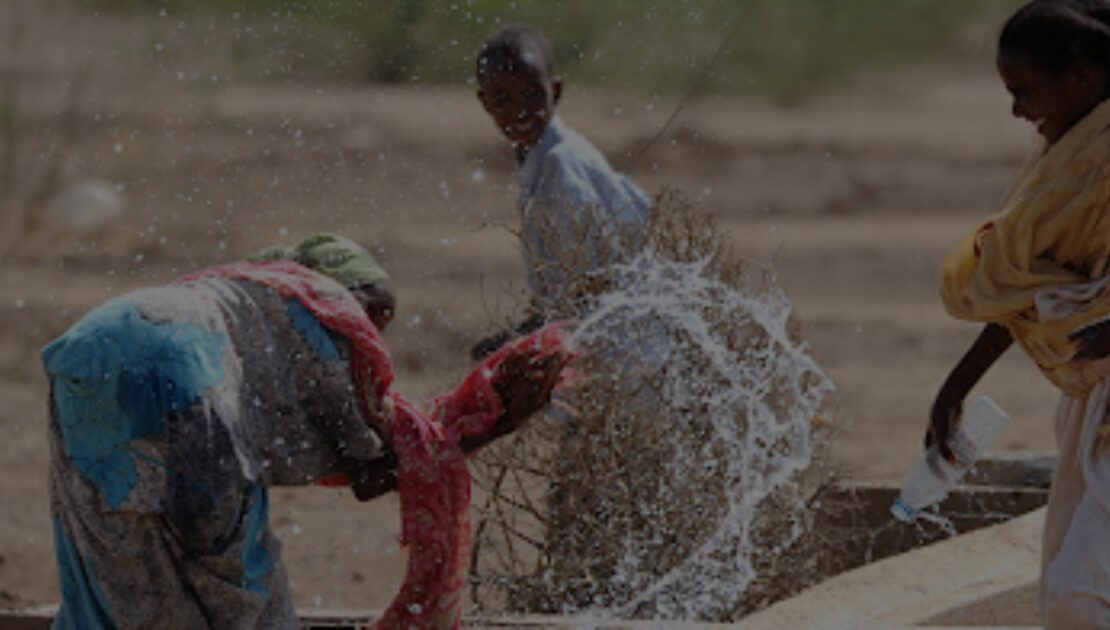Innovations in thematic Monitoring – Need for composite scores in the field of Water Sanitation and Hygiene

Indian subcontinent’s attempt towards providing its population with clean drinking water and hygienic living conditions witnessed its inception prior to independence. In the post-independence period, the attempts were given statutory mandate through Directive Principles of State Policy (DPSP) and First Five Year Plans (1951-1956). The attempts received further push during the First International Decade for Clean Drinking Water also known as the First International Water and Sanitation Decade, 1981-1990, setup by the United Nations. It was during this period of time when India’s first nationwide sanitation programme, the Central Rural Sanitation Programme (CRSP), was launched in 1986 by the Ministry of Rural Development. Since then several notable programs such as; The Accelerated Rural Water Supply Programme, Rajiv Gandhi National Drinking Water Mission, Total Sanitation Campaign (1999) and the ongoing Swachh Bharat Mission have been implemented stressing on the provision of clean drinking water and sanitation facilities.
Following the government’s commitment towards water and sanitation, many human and financial resources have been allocated towards the national programmes. As per the reports, (http://sanitation.indiawaterportal.org/english/node/3234), the financial allocation under rural sanitation programme for the financial year 2015-2016 witnessed a hike of 27 percent (Rs. 3,625 crores) from the last year. Interestingly the centre’s overall contribution towards the Ministry of Drinking Water and Sanitation (MoDWS) has been almost halved, from INR 12,107 crores to INR 6,224 crores. The decrease in overall government funding has been synergized with the tax exemptions for corporations willing to spend their CSR funds over the Swacch Bharat and Clean Ganga missions (http://www.firstpost.com/business/budget-2015-100-tax-exemption-for-cont…).
While the move might be considered as restructuring the government’s share in social spending through pooling in corporate resources, one also needs to analyse the present mechanisms in place to effectively evaluate the impact planned interventions have caused. With a 27 percent hike in spending, one should expect a proportional hike in accountability and cost-effectiveness of the programmes. While there has been much ado on the implementation efficacy of an intervention, one hardly witnesses a debate on the monitoring and evaluation methodology involved in the operational cycle. An absence of such debates disturbs the delicate praxis between policy and implementation.
Currently, the most large-scale and extensive surveys conducted in India, capturing data on water, sanitation, and hygiene, is based upon stand-alone indicators. However, the indicators, though exhaustive as stand-alone concepts, have not been visualized as a composite whole. In simpler terms one can find the data for key sanitation indicators such as; availability of toilets within household premises as the sole representative indicator. In continuation, one would also find indicators on drinking water facilities and hygiene practices for the same household. But a univariate analysis, as in case of most studies, do not provide the researchers/implementers with a composite understanding of the situation. The resulting report is thus lengthy, exhaustive and would require additional efforts to be simplified and made representable to the larger audience.
The above-mentioned methodological limitation can be regarded a classical case faced by several constructs. In the world of programme planning and intervention there are no individual/decisive indicators, but a plethora of so. Hence, one needs to create composite score-cards, indexes, and clubbed scores in order to effectively monitor its progress. Based on the same principle the world witnessed the rise of the Human Development Index as one of the most quoted composite scores. Local examples such as the National Air Quality Index can be viewed as manifestations of this principle.
The field of water, sanitation, and hygiene requires a similar intervention by tailoring an index for itself. The results of such an index would go a long way in defining the course of programme implementation. Inter-state results can be developed and ranked, as well as disaggregated across smaller geographical units. In the event of a state getting a lower score, one can identify the exact construct in which the state has performed poorly, as this would require additional support. To add a window of accountability, the report card (hardly a page or two) can be presented to the beneficiaries for larger dissemination of information. The emerging result would be easy to comprehend yet powerful.

